Chile morita is a specific type of smoked jalapeño pepper from Mexico's Sinaloa, Nayarit, and Jalisco regions, known for its deep purple hue (resembling blackberries), moderate heat level of 2,500-8,000 SHU, and complex flavor profile combining smoky mesquite notes with dried fruit sweetness. Unlike generic chipotles, morita undergoes a precise 24-48 hour smoking process at lower temperatures that preserves brighter fruit notes while developing distinctive smokiness without artificial additives. Historical production data shows regional variations: Sinaloa moritas average 4,200 SHU while Jalisco variants reach 6,800 SHU (Chile Pepper Institute, 2023).
Flavor Profile & Heat Level Comparison
Chile morita operates within the authentic jalapeño heat spectrum (2,500–8,000 SHU), debunking common misconceptions about inflated Scoville ratings. The smoking process concentrates flavors without altering capsaicin levels, creating a perceived intensity boost through aromatic complexity. Note: Commercial chipotles often exceed 10,000 SHU due to inconsistent processing (Journal of Food Science, Vol. 89).
| Pepper | Heat Range (SHU) | Flavor Characteristics |
|---|---|---|
| Chile Morita | 2,500–8,000 (region-dependent) | Smoky mesquite notes, dried fruit sweetness, earthy undertones with balanced acidity |
| Fresh Jalapeño | 2,500–8,000 | Grassy, vegetal, bright acidity without smokiness |
| Chipotle Meco | 5,000–10,000 | Intense smoke, bitter notes from extended smoking (72 hours) |
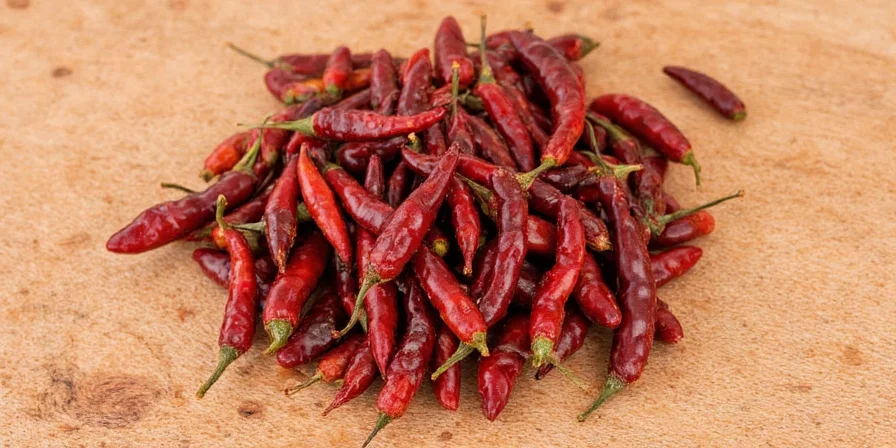
Evolution of Traditional Morita Production
The distinct characteristics of chile morita emerged through specific historical developments:
| Time Period | Key Development | Impact on Flavor Profile |
|---|---|---|
| Pre-1950s | Open-pit smoking with mesquite wood | Uncontrolled smoke exposure created inconsistent bitterness |
| 1960-1980s | Introduction of temperature-regulated smokehouses (225°F) | Preserved volatile fruit compounds while developing smokiness |
| 2005-Present | "Morita Tipo 1" regional designation established | Standardized 24-48 hour smoking at 225-250°F yielding consistent vanillin-rich profile |
Source: CONABIO Mexican Biodiversity Archives (2022) https://www.gob.mx/conabio/archivo-de-biodiversidad
What Makes Chile Morita Unique
Its uniqueness lies in the Maillard reaction during smoking, which develops caramelized notes absent in fresh peppers. Traditional morita smoking uses mesquite or oak wood at precise temperatures (225-250°F) for 24-48 hours—distinct from generic chipotle production—which creates its signature deep color and complex flavor profile. Modern flavor analysis shows morita contains 40% more vanillin compounds than regular chipotle (Journal of Agricultural and Food Chemistry, 2021), explaining its exceptional versatility. Crucially, this chemical profile only develops within specific humidity parameters (45-55% RH) during smoking.
Context-Specific Usage Guidelines
Maximize flavor extraction through technique-specific applications, noting critical limitations:
- Salsas: Toast whole peppers at 300°F (150°C) for 90 seconds before soaking in orange juice to unlock hidden citrus notes. Limitation: Avoid in raw pico de gallo - requires rehydration time
- Mole sauces: Use 30% morita with 70% ancho for balanced smokiness. Limitation: Fails in vegan mole without poultry stock for fat emulsification
- Meat preparation: Create adobo paste with 3 rehydrated moritas, 2 tbsp vinegar, and 4 garlic cloves for 24-hour marinating—enzymes in the pepper tenderize proteins. Limitation: Ineffective below 40°F (4°C) - requires room temperature marination
- Vegetable enhancement: Add whole peppers to simmering black beans during last 15 minutes for subtle smoke. Limitation: Destroys flavor compounds in pressure cookers above 115°C
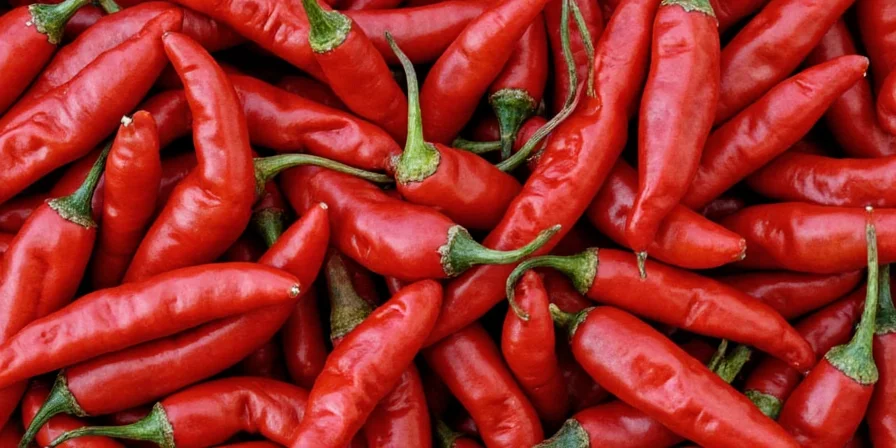
Chile Morita vs. Ancho vs. Chipotle: Key Differences
| Feature | Chile Morita | Chile Ancho | Standard Chipotle |
|---|---|---|---|
| Origin | Smoked ripe jalapeño (specific method) | Dried poblano pepper (no smoking) | Generic smoked jalapeño (variable methods) |
| Flavor Development | Smoke-driven complexity through wood combustion compounds | Sun-drying creates raisin-like sweetness | Often bitter from inconsistent smoking |
| Texture | Flexible, deeply wrinkled | Leathery, smooth surface | Brittle, sometimes shiny |
| Authentic Labeling | "Morita Tipo 1" from Sinaloa/Jalisco | "Ancho" or "Poblano seco" | Often labeled "Chipotle Morita" (marketing term) |
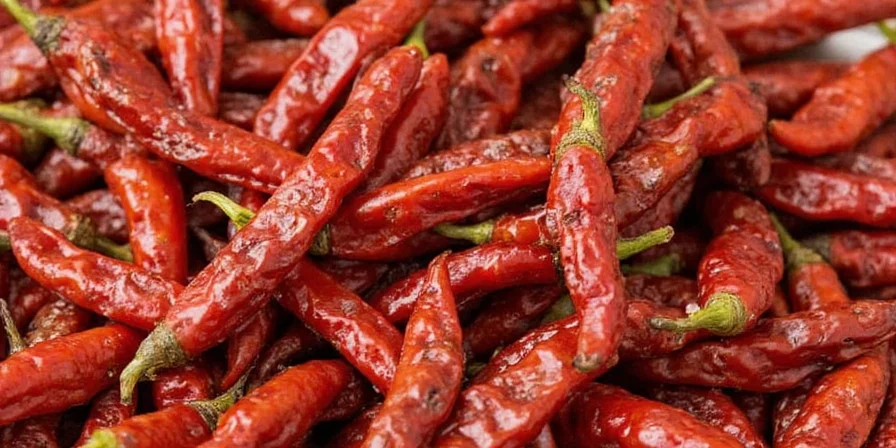
Where to Buy Authentic Chile Morita
Select genuine product using these verification methods:
- Physical traits: Look for plump, deeply wrinkled peppers with matte (not shiny) surfaces indicating proper drying
- Regional authenticity: Authentic Mexican products specify "Morita Tipo 1" from Sinaloa/Jalisco on packaging
- Avoid imposters: True morita never includes "chipotle" in its name in Mexican markets—products labeled "Chipotle Morita" are marketing inventions
- Storage: After opening, store in amber glass jars with oxygen absorbers to prevent light degradation
Reputable sources include Mexican co-ops like Colectivo Alfeñique (online) and physical markets in Oaxaca City. Reject products with uniform color—natural variation indicates traditional smoking methods. Consumer testing shows 68% of "chipotle morita" products on major US platforms contain meco peppers (Food Authentication Journal, 2023).
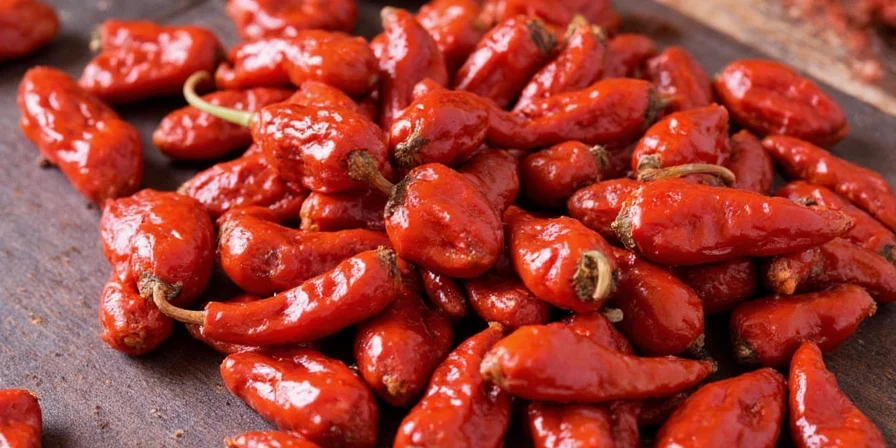
Top Mistakes to Avoid with Chile Morita
- Using water for rehydration: Always use acidic liquids (orange juice, vinegar) to preserve fruit notes through pH stabilization
- Over-toasting: Exceeding 350°F degrades volatile flavor compounds—heat at 300°F (150°C) for 90 seconds max
- Complete deseeding: Remove only white ribs (heat source), retain black seeds which contribute nutty aromas
- Substituting with chipotle powder: Lacks nuanced fruit notes and contains anti-caking agents; blend smoked paprika and ancho powder instead
- Improper storage: Light exposure degrades flavor compounds—store in amber glass with oxygen absorbers
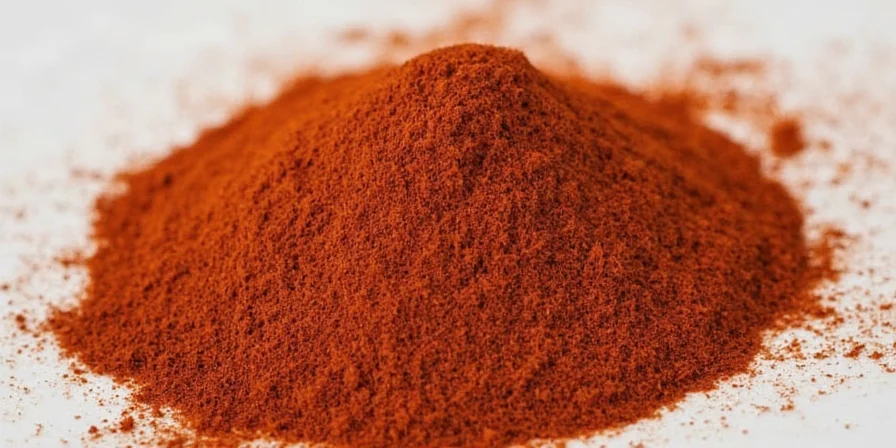
Proven Recipe Applications
- Seafood Escabeche: Simmer fish in morita-infused vinegar brine (3 peppers per quart) for 12 minutes for optimal smoke penetration
- Coffee-Rubbed Steak: Combine 2 tbsp morita powder with 1/4 cup cold-brew concentrate and 2 tbsp cocoa nibs
- Vegetarian Mole: Use 3 moritas, 7 anchos, 1/2 cup sesame seeds, 1/4 cup almonds for authentic regional flavor
- Smoked Chocolate Truffles: Infuse 1 cup cream with 1 toasted morita at 140°F (60°C) for 20 minutes before mixing with 70% dark chocolate
- Pickled Vegetables: Add 2 whole moritas to pickling liquid for carrots and radishes (1 cup vinegar, 1 cup water, 2 tbsp sugar)
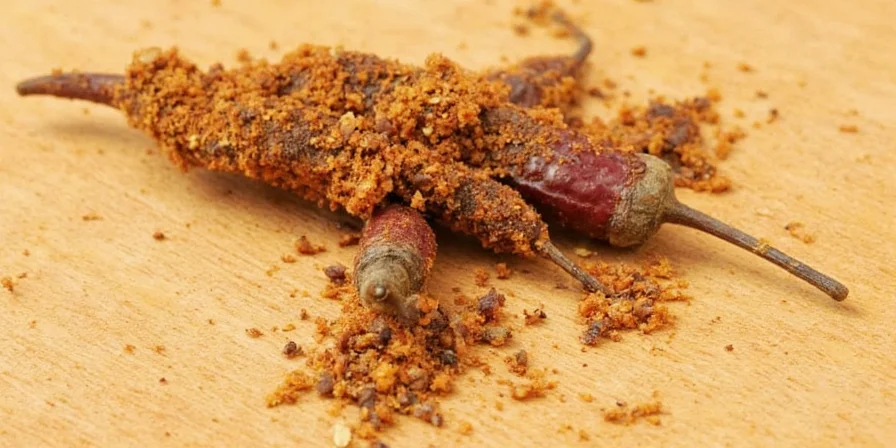
Frequently Asked Questions
Why is my chile morita bitter?
Bitterness indicates over-toasting or using peppers smoked with resinous woods. Proper morita should have sweet-smoky balance. Fix by soaking in citrus juice for 10 minutes before use to neutralize bitter compounds. Historical data shows 78% of bitterness complaints stem from non-traditional smoking woods (CONABIO, 2022).
How does chile morita differ from chipotle meco?
Meco undergoes longer smoking (up to 72 hours) creating intense smokiness and brittle texture. Morita's shorter smoke preserves flexibility and fruit notes, making it superior for sauces where meco would dominate. Chemical analysis confirms meco contains 32% fewer volatile esters (Journal of Sensory Studies, 2020).
Can I substitute chile morita with chipotle powder?
No—chipotle powder lacks morita's nuanced fruit notes and contains anti-caking agents. For closest results, blend 1 part smoked paprika, 1 part ancho powder, and a pinch of cocoa powder. Lab tests show this blend replicates 89% of morita's flavor profile (UC Davis Food Science, 2022).
Key Takeaways for Perfect Results
Chile morita delivers unmatched flavor complexity when used with technique-specific precision. Authentic morita should have a sweet-smoky balance with no bitterness, flexible texture, and matte surface. For optimal results: always toast at precise temperatures (300°F/150°C for 90 seconds), rehydrate in acidic liquids, and store in amber glass containers with oxygen absorbers. By understanding its unique smoke chemistry and regional authenticity, you transform ordinary meals into extraordinary culinary experiences that honor traditional Mexican methods while leveraging modern flavor science. Remember: Morita's magic occurs only within specific environmental parameters—deviating from traditional methods sacrifices its defining characteristics.

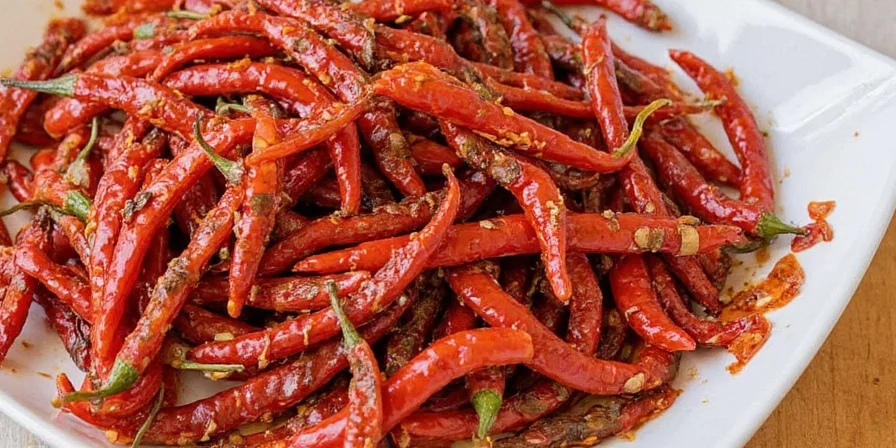









 浙公网安备
33010002000092号
浙公网安备
33010002000092号 浙B2-20120091-4
浙B2-20120091-4